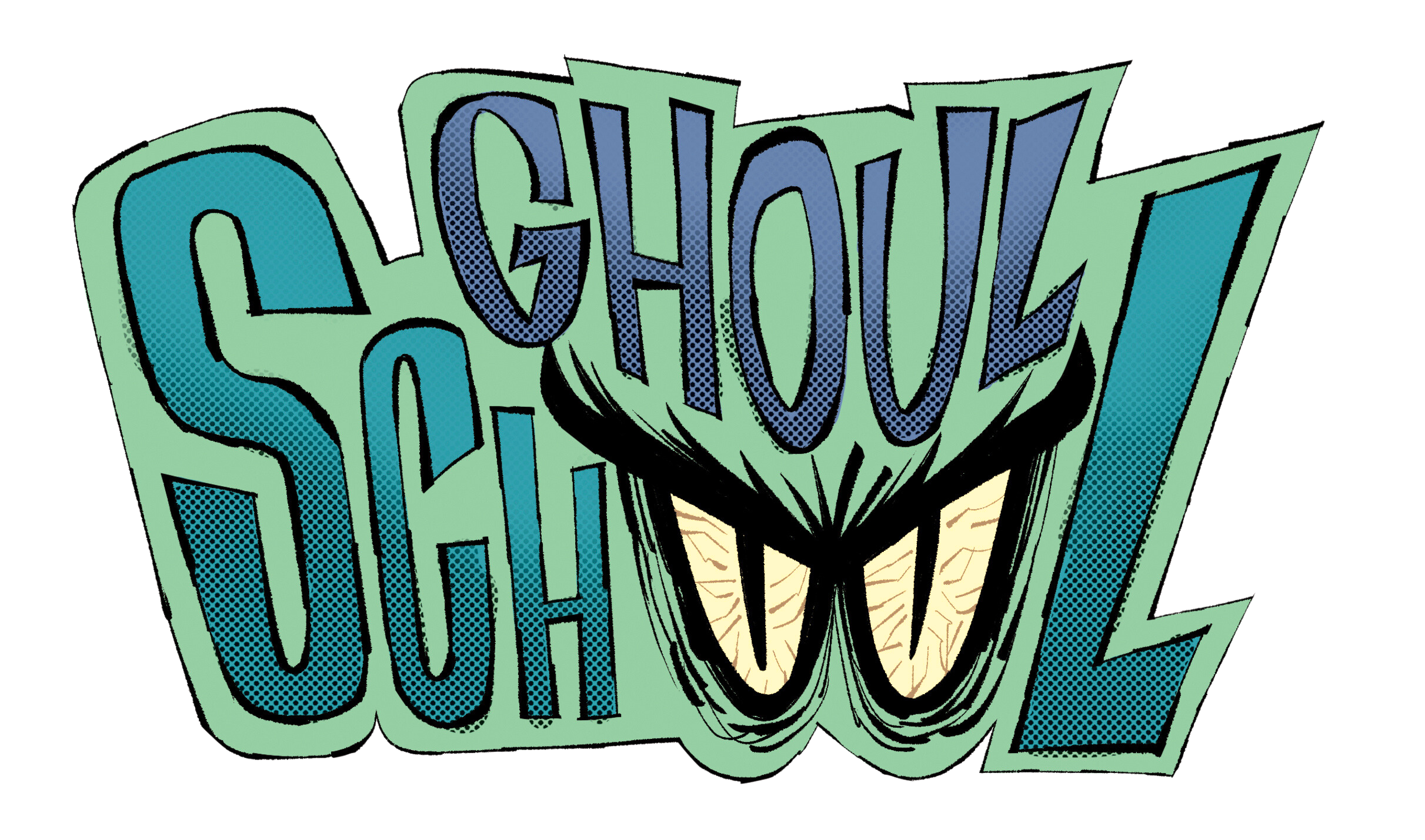
A starring role in reader's theater is just what struggling readers need!
Sadly, middle school is often when students start to slip through the cracks and fall behind. And while nothing will cause more problems in a student's academic progress than poor reading skills, it's often quite difficult for teachers to assess who's reading at the appropriate grade level.

Reader's theater is a fun tool to spot these children before it's too late. Even better, it gives these struggling students a chance to increase comprehension and improve reading fluency without stealing a teacher's attention away from the other kids in class.
And did I mention kids love reader's theater, too?
What is reader's theater?
Forcing students to take turns reading aloud from a book doesn't work. Not for the struggling readers in class. Very few of these students are listening as their peers read, and the rest are scared to death that their turn to read aloud is right around the corner.
Reader's theater is a great strategy to fix that.

An interactive way to bring literature to life in the classroom, reader's theater is a form of dramatic reading that successfully encourages students to interpret the stories they are reading aloud in class.
With reader's theater, your students will stop reading in that same monotone voice kids have been using since the beginning of time. Those listening will wait excitedly for their turn. After all, with this activity you won't be asking students to read aloud in front of the whole class...
You'll be giving them license to perform for an audience!
The benefits that come when we use reader's theater to help struggling readers
Educators across the country have found this expressive reading activity turns the most reluctant readers into actors who can't wait to perform an oral reading for the class. But the benefits of reader's theater go well beyond the increased engagement of your students.
- Children often read scripts multiple times before their performance. This repeated exposure to the script helps students to see things they missed, something that's sure to increase comprehension and improve reading fluency skills.
- Playing a role fosters a deeper relationship with the script as students will need to interpret the story from the perspective of their character.
- Working in small groups to create a compelling performance encourages collaboration among students.
- The variety of interesting characters in a script offers an opportunity for students at every reading level to participate without the fear of judgment.
- Rehearsals give adults ample time to monitor student progress, allowing them a better opportunity to see who may be falling behind. Practice is a great time for teachers to offer targeted support to kids who need it.
- Teaches students the important skills of public speaking, cooperative learning, and creative expression.
Of course, the biggest benefit is that kids love reader's theater. Once you hand them their reading assignment in script form and assign roles, your children will likely forget an earlier version of this same activity once filled them with dread.

Steps to get started using reader's theater in your classroom
So now you're running the theater department!
Because teachers aren't asked to do enough these days, right?
I promise it's not as daunting as it sounds. Most teachers see such stellar results from the cooperative learning activity that they can't help but plan a more elaborate performance for the next time out. But before you get hooked like your peers, here's how to get started...
- Explain reader's theater to your children, making sure to highlight the elements they may find fun.
- Find scripts online or adapt your own from the material you're working on in class. If you've chose to work on one project, make sure to break the material up into individual scenes so you're left with several scripts. This will ensure all of your children get the chance to participate.
- Create a cast list for each of these unique scripts.
- Organize students into small groups.
- Match each group with a unique script, making sure that each group has enough actors to fill their cast.
- After helping students to assign roles, give your readers a chance to rehearse. They should begin by reading their script aloud, but you'll want them to begin planning the physical nature of their performance as soon as possible. This is when most kids finally forget they are reading and start to have some fun.
- Provide guidance and feedback during the rehearsal process. Encourage them to interpret the material however they like, but make sure they use the material to justify their acting decisions. We want them to get a little crazy, but the reading should be the foundation that supports everything. They should be going back to it again and again.
- Set a date for the performance: OPENING NIGHT.
Reader's theater ideas that will inspire even the most reluctant readers
The best strategy to further engage readers is to find ways to immerse students even deeper in their performance. The more you can make reader's theater feel like play, the more likely your students are to forget you have asked them to practice their reading comprehension skills.
Solid ways to make the classroom disappear during reader's theater:
- Find scripts that involve pop culture characters your students enjoy and will be dying to play.
- Use props, costumes, and music to enhance the performance. Even a sword made of cardboard will pull a better performance out of the boys in your class.
- Add sound effects to create a richer experience for the audience. If you're technically challenged, reward your class clown with an opportunity to play this role. The class will have a blast hearing what comes out of their mouth.
- Allow students to adapt scripts from their favorite short stories to be performed in front of the class.
- Consider finding an audience for your students outside of the classroom.
- Follow reader's theater with an Oscars-style award show where students can win accolades for their performance. Create categories like best facial expressions, most creative costume, and craziest accent; then sit back and watch your children commit to their roles.
Done right, reader's theater has the potential to become more than an activity used to develop fluency in your students. It can be a touchstone moment in their middle school career. All it takes to get started is to find a few good scripts online.
What makes a good reader's theater script?
Not all scripts are created equal, of course. Here are a few things to look out for when searching for scripts your readers will enjoy...
- Scripts should be a fun read that students will enjoy.
- The plot must encourage kids to use their imagination.
- Dialogue should be conversational. Do your best to avoid monologues that will put the class to sleep.
- Roles should be interesting enough that kids are driven to explore the unique point of view of their character.
- Look for scripts with sound effects and music queues as these can really help to bring a story to life.
- Make sure the tone is appropriate for the age group.
- Scene directions should be easy to follow.
- Make sure the story length is manageable. Starting out with easier scripts can help students to become comfortable in the activity. You can always find longer works after that.
Where to find reader's theater scripts
There are countless resources available online for those who don't have the time to write a script on their own...
RT All Year is a website with a huge list of free scripts available to download. Written with reader's theater in mind, the scripts range in genre and grade level.
Teachers Pay Teachers is a great resource where you'll find some great scripts that are often packaged with lesson plans and other resources. While this is a pay site, most of these scripts are reasonably priced by the teachers that create them.

For more help on sparking the imagination of students, check out these classroom reading nook ideas along with our thoughts on games for readers.


